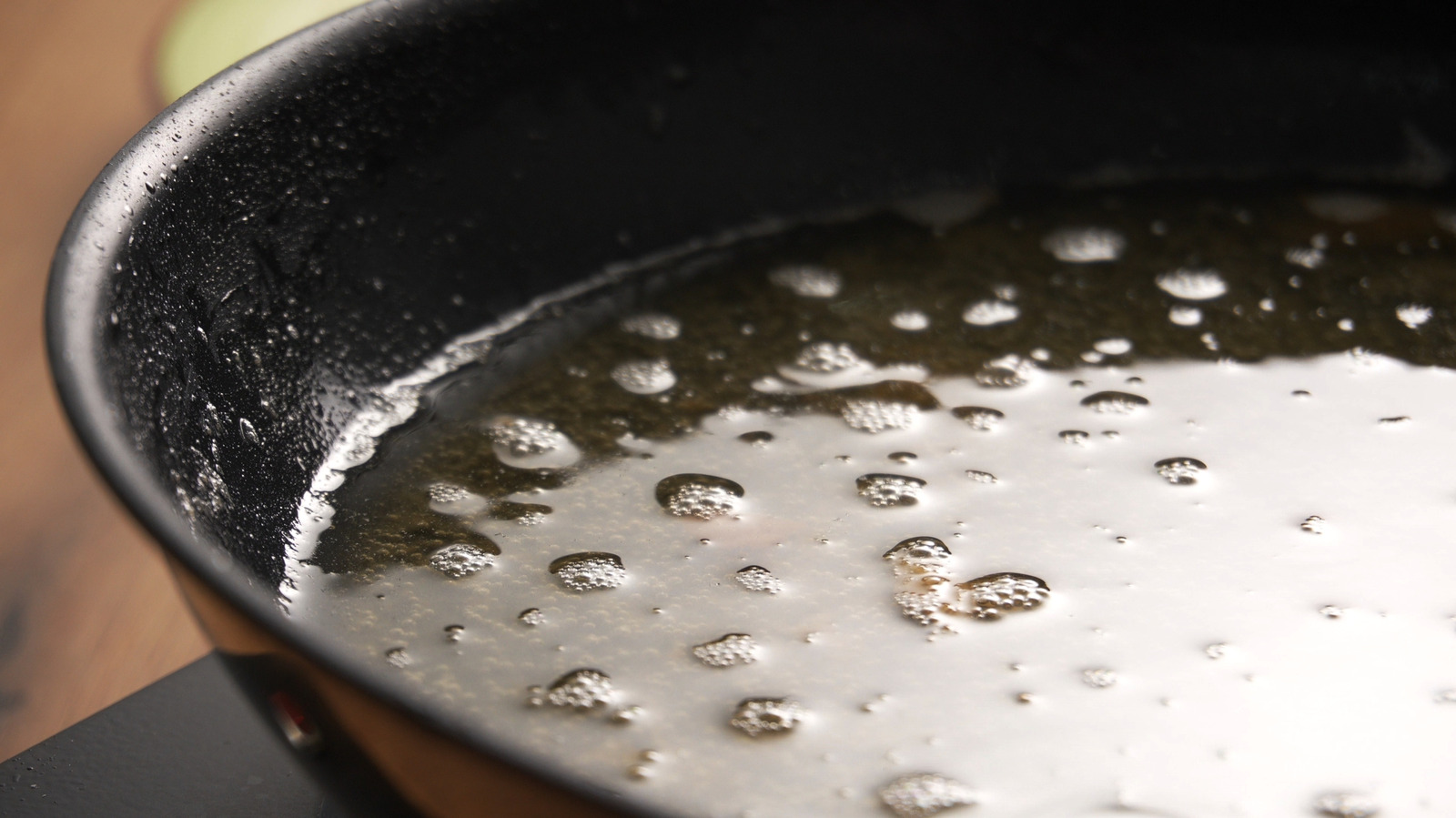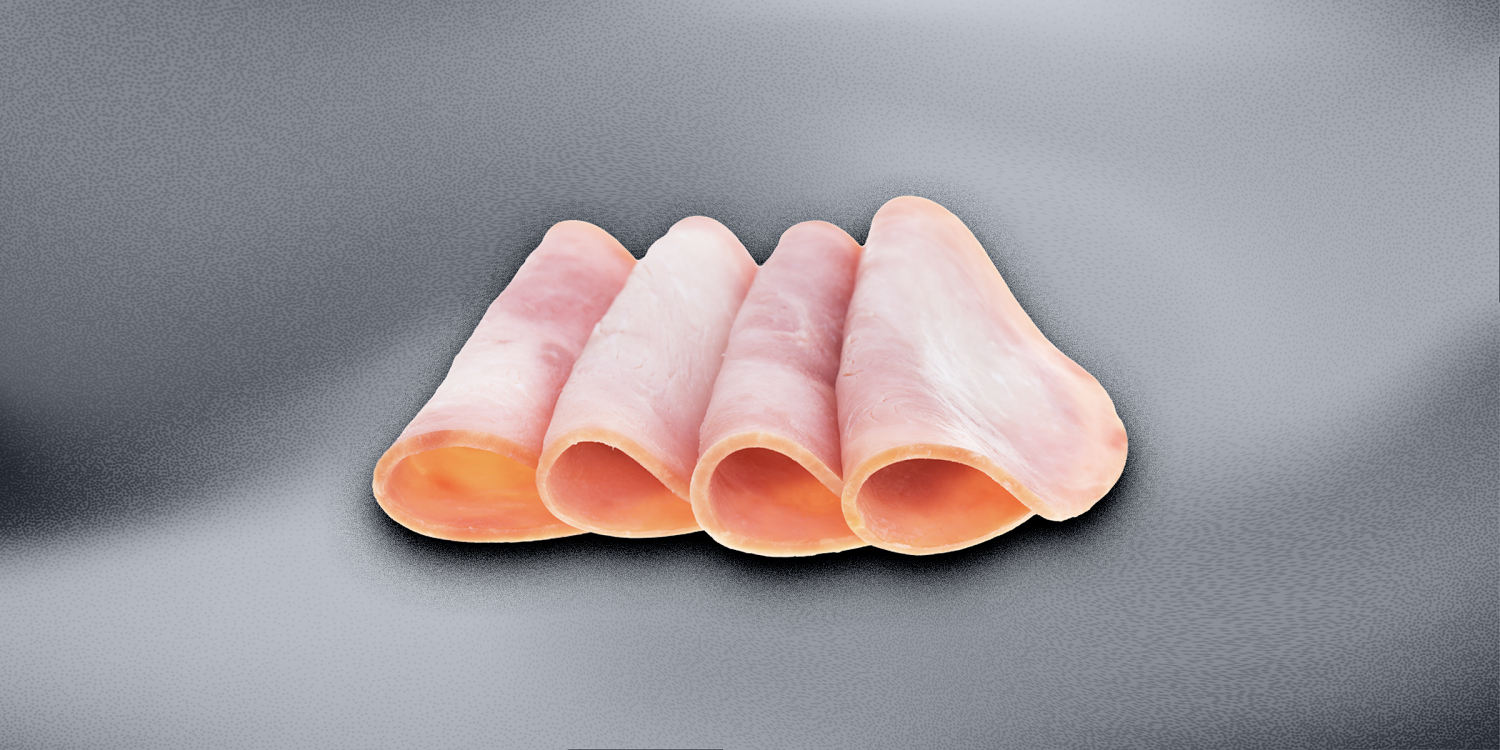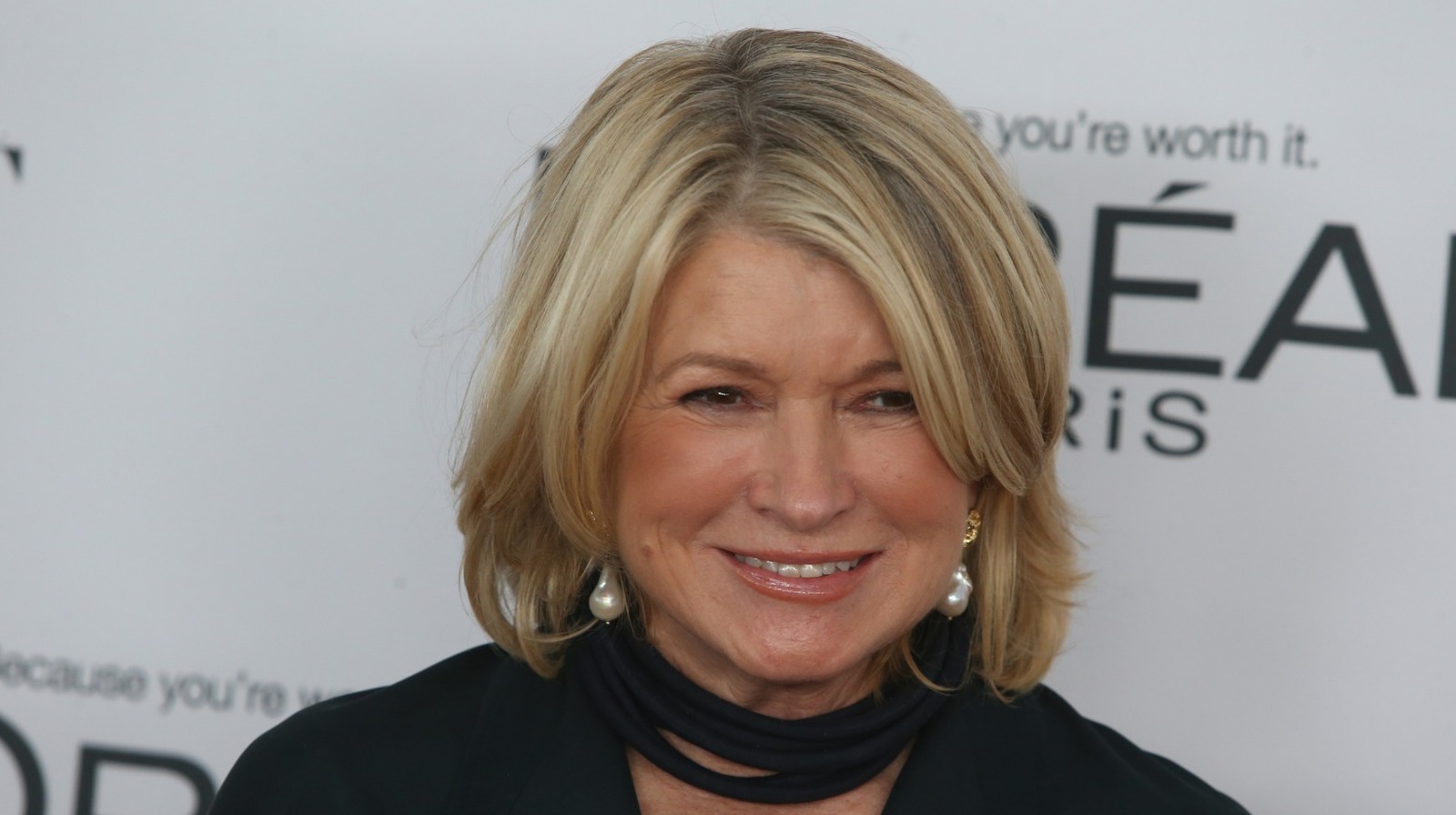Toronto will soon have a fourth area code. The area code of 942 will join 416, 437 and 647 in serving Toronto and will be introduced gradually. The Canadian Radio-television and Telecommunications Commission approved the introduction of a new area code, which will gradually be assigned to new phone numbers beginning April 26.
“The introduction of a new area code creates millions of additional telephone numbers without affecting the existing numbers,” said Kelly T. Walsh, program manager of the Canadian Numbering Administrator, in a news release last year. “The new 942 area code will be added to the current area codes already in use in this region and will cover the same geographic area.

” In an April 22 press release, the Telecommunications Alliance shared the following information on the introduction of the new area code. For more information about new area codes in , visit . As Torontonians get ready for the new area code, here’s a bit of history lesson on area codes.
If you’ve ever watched “The Andy Griffith Show,” you’ll remember Sarah, a character who never appears on screen but whose name is mentioned often as she’s the town’s telephone operator. It was her job to patch callers together. That’s how early telephone technology worked — local networks of telephones being patched together by local operators.
If you needed to place a call outside your local network — as in a long-distance call — then multiple operators would need to be involved in making your call. According to BCE (formerly Bell Canada Enterprises), more than 2,000 of its customers in Montreal and Toronto were notified in 1884 that they would need to start making calls by phone number and not by name. This became standard policy at Bell by 1897, though you still provided a number, instead of a name, to the operator.
Automatic dialing was introduced in 1924 in Toronto and Montreal, allowing phone users to place a call via a rotary phone without an operator, and this technology was later introduced to other areas. However, operators were still required to place calls outside your local area. According to the Canadian Numbering Administration Consortium, the North American Numbering Plan (NANP) was developed in 1947 by the American Telephone and Telegraph Company (AT&T) and Bell Laboratories to standardize the numbering plan for direct distance dialing (calling outside your local calling area without the need for an operator).
This was necessary because the operator-to-operator method was no longer practical. The original plan in 1947 created 86 calling areas across Canada and the United States, with nine of those being assigned in Canada. Ontario was served by two codes, the 416 and 613.
By 1953, the area code of 519 was added, split from parts of the 416 and 613; in 1957, the area code of 705 was created, split from parts of 613 and 519; then the 807 was created in 1962, split from 705 and 416. It was in 1993 that the 416 split again and became what it is today, the area code for the city of Toronto while the areas surrounding the city got the new area code of 905. In 2001, Canada got its first overlay area codes, which is multiple area codes serving one area.
The 416 gained the 647 in March of that year, and the 905 gained the 289 in June. In years that followed, other area codes in Ontario and other provinces also gained overlay area codes. It was when those overlay area codes were introduced that mandatory 10-digit dialing became mandatory for local calling, but just in those areas.
In 2023, the CRTC mandated 10-digit dialing across all of Canada, including in areas with only a single area code. According to Tbaytel, a phone service provider serving northern Ontario, the move was made to enable the national 988 three-digit phone number for mental health and suicide prevention, which launched in November of 2023. If you think four area codes for one area is a lot, the CRTC also approved a new overlay area code for British Columbia’s 236/250/604/672/778 area, adding the new area code of 257, starting May 24.
.
Food

Say hello to Toronto's new area code arriving this week — here's the history behind Canada's area codes

The 942 area code will join 416, 437 and 647 in serving the city.















